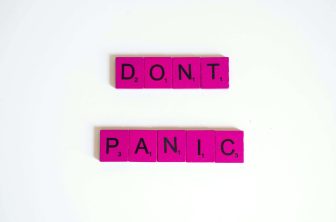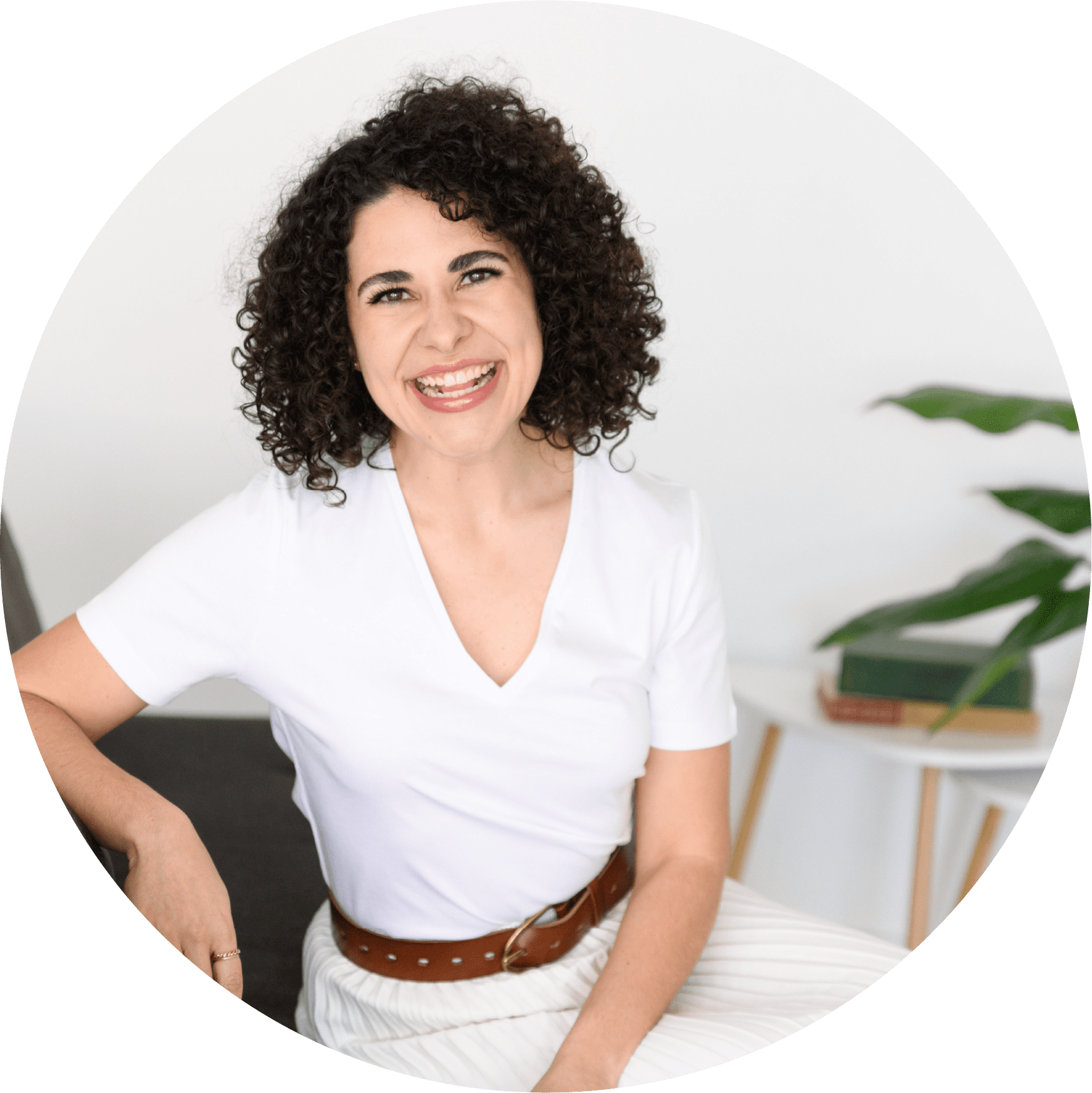Giving yourself some closure
Let’s look at the completion phase of the stress response cycle. If you are unfamiliar with the stress response cycle then [start here]. There are two parts to the completion phase; the first is removing or otherwise dealing with the stressor itself and the second is your body responding to this by reversing all the actions it took when the stressor appeared and returning to a state of rest or non-alarm. This second part is called somatic expression.
Removing the stressor
In order to complete the stress response cycle the stressor must be removed in one way or another. This may happen by the stressor itself being physically distanced from you, for example if you walk away from a stressful situation; but this can also happen by resolving the stressful situation. To resolve a stressful situation you often take a direct approach to the stressor and use problem solving skills to take action. For example: If the stress response cycle was initiated by being contacted from an authority figure, ie. Teacher, Police, Boss, etc. some problem solving actions you might take could be:
- Writing an email response
- Answering questions
- Providing documentation
Problem solving is so much a part of the world’s routine that these actions can be taken without thinking. An email from your boss arrives and you know that you need to respond. You may not know how or what to say, you may check with colleagues, reread what you’ve written and put it off until a deadline approaches or make an excuse for your lack of response. These are all part of the problem solving step.
Unfortunately, this is often where managing the stress response cycle stops for many people. But the body needs more, if you remember from the [last article] the body has just made a ton of changes to help you with stress. All that adrenaline dumped into the system, increased heart rate, etc. They all happened and that changed things for the body, it needs to be guided back into a state of calm and rest.
Somatic Expression
This is where part two comes in: Somatic Expression. This piece is crucial in completing the cycle and letting the body know the stressor is gone and it can go back to digesting food and just sitting back. There are several things that one can do to signal to the body that going back to a resting state is the next course of action.
This may sound complicated and time and it definitely can be however there are many easy ways to express. Check it out:
- Going for a walk
- Intentionally slowing down the breath
- Physical affection: this can look like a hug from a friend or even simply giving yourself a hug
- Shaking the body: This is one of my favorites, just shake the arms, legs
- Stand up and stretch out
- Draw
- Laughing
- Crying
- Take a nap
- Pause and take a break before you move to the next item for the day
Conclusion
Sometimes the body will simply show you what it needs or wants when there is space for you to tune in to its channel. You might feel sleepy which can be a cue to rest, take a nap or sit in silence. You might feel fidgety which can be a cue to get up, move around or go outside. I hope that next time you can identify the stressors in your life you can take a step back and make room for what your body needs to find its resting space again.
The body is copying with stress often throughout the day. Take step 1, problem solve and then take step 2, somatic expression. I hope you take a moment to notice and put more things in your day that help you address stress and the stressors that show up in your life.
I look forward to hearing from you and hope this helps you as you take your own powerful and transformative journey. Per usual take what fits for you, leave what does not, and join me next time. Until then let’s stay social 🙂















